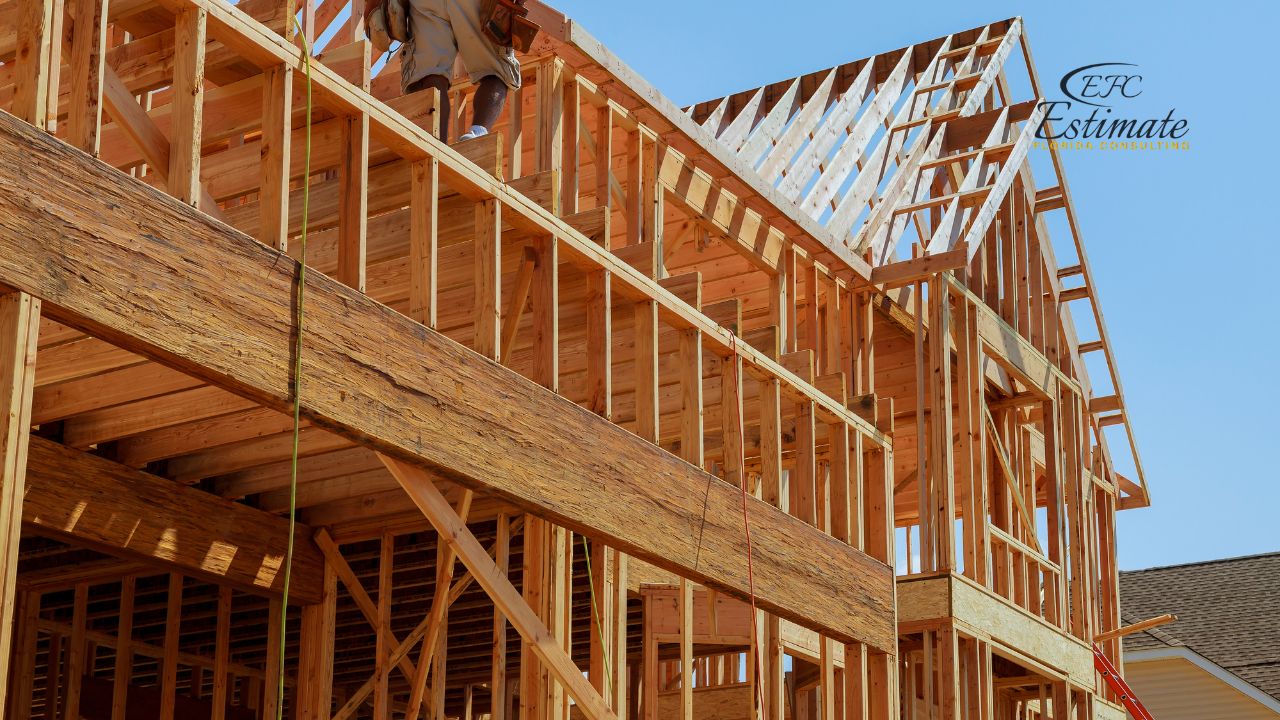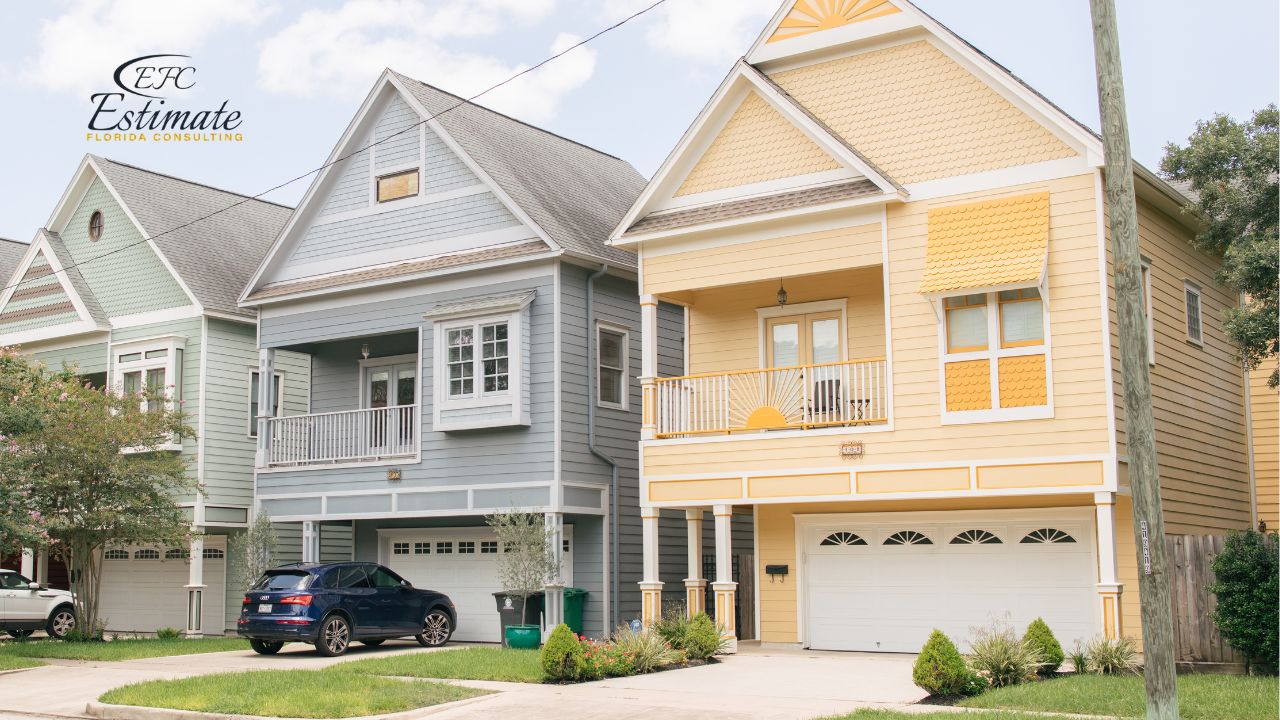- Homepage
- Blogs
2025 Delaware Construction Cost Outlook: What to Expect?
Delaware’s construction industry plays a strong role in the country’s economy, providing employment and driving infrastructure development. As we move into 2025, the construction market is experiencing a dynamic and evolving situation.
2024 was a period of overcoming challenges from the upheavals of COVID-19, however this year the industry is determined to navigate through and transform from the challenges of the previous years.
Delaware, along with the nation, faces economic challenges and pressures while also recognizing opportunities for growth and stability.

In this article, we will explore the potential of Delaware’s construction industry and uncover what we can expect from this sector in the year 2025.
What Factors Are Influencing Construction Costs?
To understand the insights of future outlook, it is crucial to first understand the ongoing factors affecting the sector. The key factors affecting the costs include—
Inflation and Rising Interest Rates
Ever since COVID striked, inflation and interest rates have had a significant surge in many industries with the construction industry being no exception. Rising inflation rates has led to increased prices of materials, labor, equipment, and properties. (18-25% in Delaware)
Additionally, the increase in interest rates has made construction very costly as it drives up expenses of purchasing materials. Due to these two factors, the overall cost of construction has become less cost-efficient and slowed down the process entirely.
Increase in Construction Material Prices
Building materials like steel, ready-mix concrete, lumber, gypsum and many others have seen a great impact on their pricing due to inflation, increased demand, supply chain disruption, and shifting trade policies, particularly steel and lumber.
In Delaware, this impact is evidently seen,
- Lumber- 25% increase
- Steel- 18% increase
- Concrete- 10% increase
- Gypsum, Insulations- 8-12% increase
Prices of steel and lumber are expected to remain high in 2025, however supply chain issues are expected to improve this year.
Labor and Workforce Shortages
Construction industry in Delaware is currently facing a shortage in workforce, as skilled workers are in high demand compared to which the number of new workers entering the industry remains low at 2%. This has led to an increase in hourly wage of 10-15%.
Impact of New Policies and Regulations
The implementation of new policies and regulations equally affects the industry. This includes environmental regulations like green building initiatives and sustainable construction incentives. These new policies require developers to invest in energy-efficient systems and eco-friendly materials, which impact overall project budgeting.
Construction Costs in Delaware
Housing costs also vary on different sectors including residential, commercial, and industrial properties. Let’s take a look into the different sectors,
Residential Housing Costs
In Delaware, the average home price approximately ranges between $343,300 to $388,199. For a standard building construction, average cost ranges between $101.44 and $150.61 per square foot depending on materials.
The cost of residential properties also depends on location and market conditions. Demands for single-family homes and rentals are on the rise, however higher mortgage rates are discouraging homebuyers. As a result, construction for multi-family housing and apartment complexes are on the rise.
For those interested in buying a property in Delaware, you can explore new listings and available homes on the Beach Life Ocean City website!

Commercial Infrastructure Costs
Commercial construction sectors are still adjusting to the changing business needs. The demand for office spaces is varying due to the rise of hybrid work sectors. If we take a look into the construction cost breakdown, it is evident that the cost depends on the type of commercial space that is needed. For example,
- Office Building ( single story)- $313 per square foot
- Office Building ( mid to high rise)- $562 to $660 per square foot
- Retail Spaces- $284 to $340 per square foot
Industrial Infrastructure Costs
The cost of building industrial infrastructures depends on the type of building, location, and size. Typically, the cost of constructing industrial properties on average range from $150 to $300 per square foot.
For warehouses, the average cost per square foot is $214 , while for manufacturing facilities, the range is between $75 to $142.
Additional Costs
Additional and miscellaneous costs include landscaping ($2-$10 per square foot), repairing ($5000-$50,000), long-time operational costs, utility costs ($200-$500), and architectural and engineering fees ( up to 5-15% of the project’s budget)
What’s Next for Delaware’s Construction Industry?
As the construction industry navigates through the challenges, there are several factors shaping the future of the market. Here’s what developers and investors should expect in 2025—
Implementation of Sustainable Practices
Eco-friendly and energy efficient construction is the future of the industry. As the world faces the wrath of climate change, it is necessary to adopt eco-friendly practices in the construction industry. So, usage of renewable energy such as solar panels and wind turbines will become more familiar.
Infrastructure Development
As the construction industry expands, Delaware is expected to see an increasing number of infrastructure developments and public projects like high rises, roads, and bridges. For instance, the “Restore the Corridor” project, with a budget of $200 million, was completed in November 2022, which improved the I-95 highway through Wilmington.
Usage of Advanced Technology and Smart Homes
AI and advanced technology are already being incorporated in many aspects of the industry. For example, Drones are being used for land surveys, AI is used for making site plans and project planning.
Additionally, smart home devices are in increasing demand specifically, Internet of Things (IoT) is used for smart home automated lightings, heating, maintenance, and security systems for enhanced convenience.
Cost-efficient Strategies for Developers and Contractors
As the construction market evolves, developers, contractors, and investors should assess strategic ways to minimize costs as much as possible. A comprehensive project planning can help with successful cost controls. For energy-efficient construction it is recommended to utilize financial benefits offered by government programs to ensure maximum cost-efficiency.
In addition, partnering with local suppliers, purchasing materials in bulk and incorporating the usage of alternative cost-effective materials can help mitigate the increase of cost.
Furthermore, implementing sustainable practices can reduce long-term operational costs. For example, energy-efficient materials, prefabricated components, and modular construction methods not only minimizes costs but also ensures time efficiency.
The construction industry of Delaware is crucial for the state’s economy, balancing economic challenges while ensuring opportunities for growth.
Staying aware of the evolving statistics of the industry, embracing sustainable practices, and implementing cost saving strategies will be essential for builders and contractors to succeed as we navigate through 2025.

